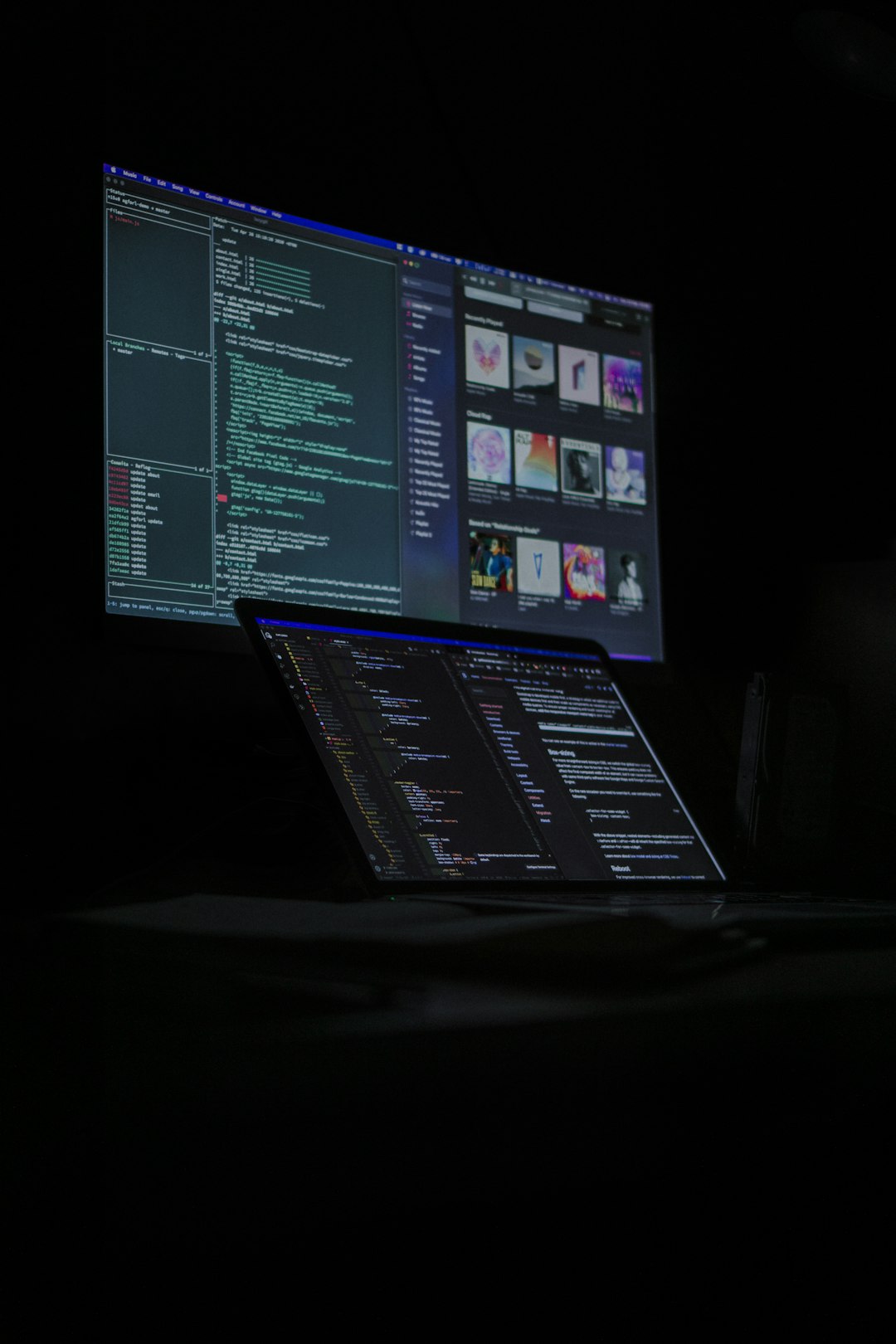
Visualizing Data Insights for Enhanced Decision Making
In today’s data-driven world, the ability to visualize data insights is paramount for effective decision-making. Organizations across various sectors are leveraging data visualization tools and techniques to interpret complex data, uncover patterns, and facilitate strategic decisions. This article delves into the significance of visualizing data insights, emerging trends, and practical applications.
Understanding Data Visualization
Data visualization refers to the graphical representation of information and data. By using visual elements like charts, graphs, and maps, data visualization tools enable users to see trends, outliers, and patterns in data. This facilitates quicker comprehension and better decision-making compared to raw data alone.
Importance of Data Visualization
- Enhanced Comprehension: Visualization simplifies complex data, making it easier for stakeholders to grasp insights swiftly.
- Identifying Trends: Visual tools help in spotting trends and correlations that might be missed in traditional data analysis.
- Facilitating Communication: Visualizations can effectively convey findings to diverse audiences, bridging the gap between technical teams and decision-makers.
- Data-Driven Decisions: With clear insights, organizations can make informed decisions that align with their strategic goals.
Emerging Trends in Data Visualization
-
Real-Time Data Visualization: As businesses operate in real-time, the demand for real-time data visualization tools is increasing. This allows organizations to react promptly to changes in the market.
-
Interactive Dashboards: Modern data visualization platforms offer interactive dashboards that allow users to manipulate data views, drill down into details, and create custom visualizations.
-
Artificial Intelligence and Machine Learning: AI and ML are being integrated into data visualization tools to automate insights generation, making it easier for users to interpret complex datasets.
-
Augmented Reality (AR) and Virtual Reality (VR): AR and VR technologies are emerging, providing immersive data visualization experiences that can enhance understanding and engagement.
Practical Applications
Case Study: Retail Industry
In the retail sector, companies like Walmart leverage data visualization to analyze customer purchasing behavior. By visualizing sales data across different regions, Walmart identifies trends, optimizes inventory, and enhances customer experience. Their use of heat maps to display store performance has led to improved decision-making regarding product placement and promotions.
Case Study: Healthcare Sector
Healthcare providers are using data visualization tools to track patient outcomes. For instance, hospitals visualize patient data to identify trends in treatment effectiveness, ultimately leading to improved patient care. By employing dashboards that monitor key performance indicators (KPIs), decision-makers can quickly assess operational efficiency and patient satisfaction.
Tools for Data Visualization
There are numerous tools available for visualizing data insights effectively. Some popular ones include:
- Tableau: Known for its powerful data visualization capabilities, Tableau allows users to create interactive dashboards easily.
- Power BI: Microsoft’s Power BI integrates seamlessly with other Microsoft products and offers robust data analytics features.
- Google Data Studio: A free tool that transforms data into customizable informative reports and dashboards.
- D3.js: A JavaScript library for producing dynamic, interactive data visualizations in web browsers.
Conclusion
The significance of visualizing data insights cannot be overstated. As data continues to grow in volume and complexity, organizations that harness the power of visualization will gain a competitive edge. By adopting the latest trends and tools, businesses can enhance their decision-making processes and drive strategic success.
For those interested in exploring data visualization further, consider visiting resources like Data Visualization Society or FlowingData for insights and tutorials.
By sharing your thoughts and experiences with data visualization, you contribute to the ongoing conversation about its impact on decision-making. Whether you’re a seasoned professional or just starting, embracing data visualization can elevate your approach to decision-making.
Glossary of Terms
- Data Visualization: The graphical representation of information and data.
- Dashboard: A visual display of key metrics and data points.
- Trend Analysis: The practice of collecting information over time to identify patterns.
By staying updated on the latest developments in data visualization, you can expand your knowledge and enhance your skills in making data-driven decisions.


